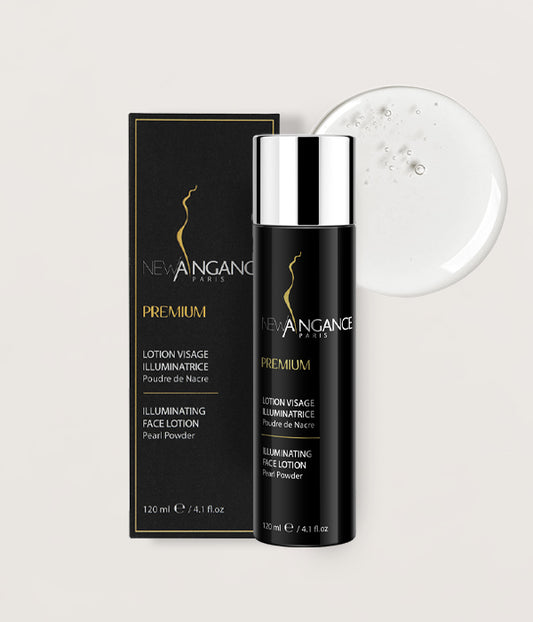he red vine, Vitis vinifera var. tinctoria, has very specific properties. It is distinguished from other vine varieties by its leaves, which turn red in the fall. The red vine is not only aesthetically pleasing; its red coloring provides it with powerful active ingredients.
In cosmetics, red vine leaf tones and protects the skin. This is called venotonic action. This vine therefore allows the skin to benefit from numerous advantages for blood circulation.




